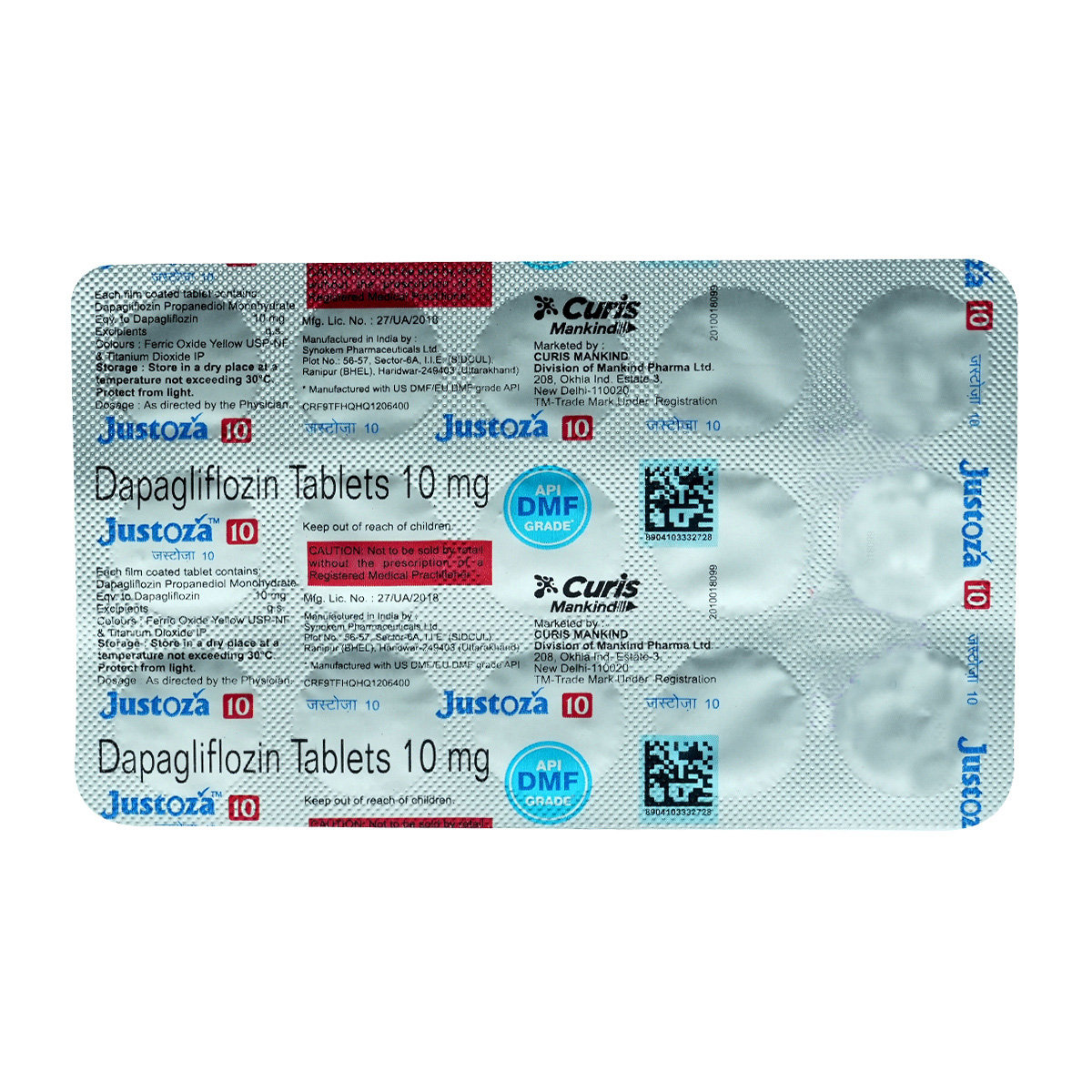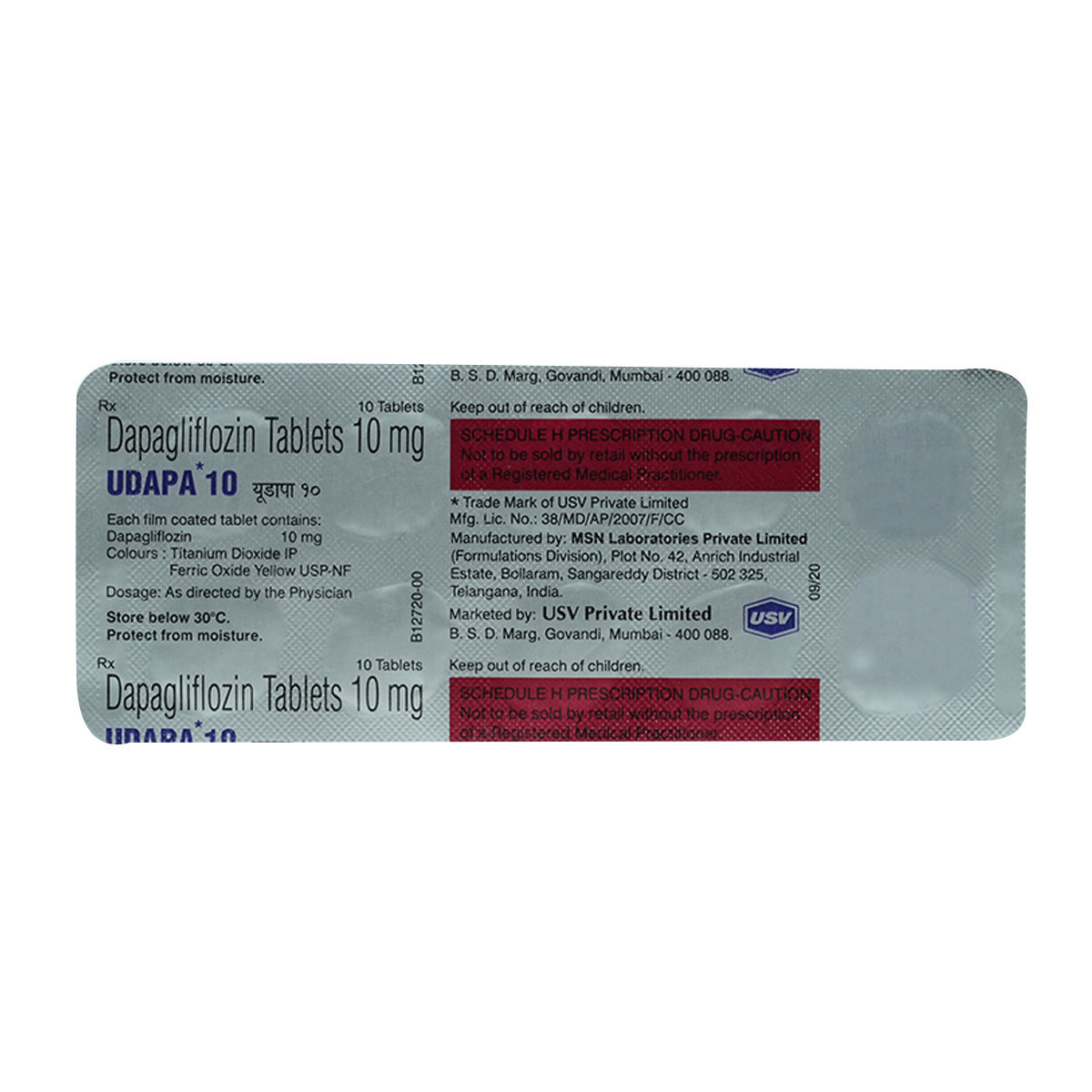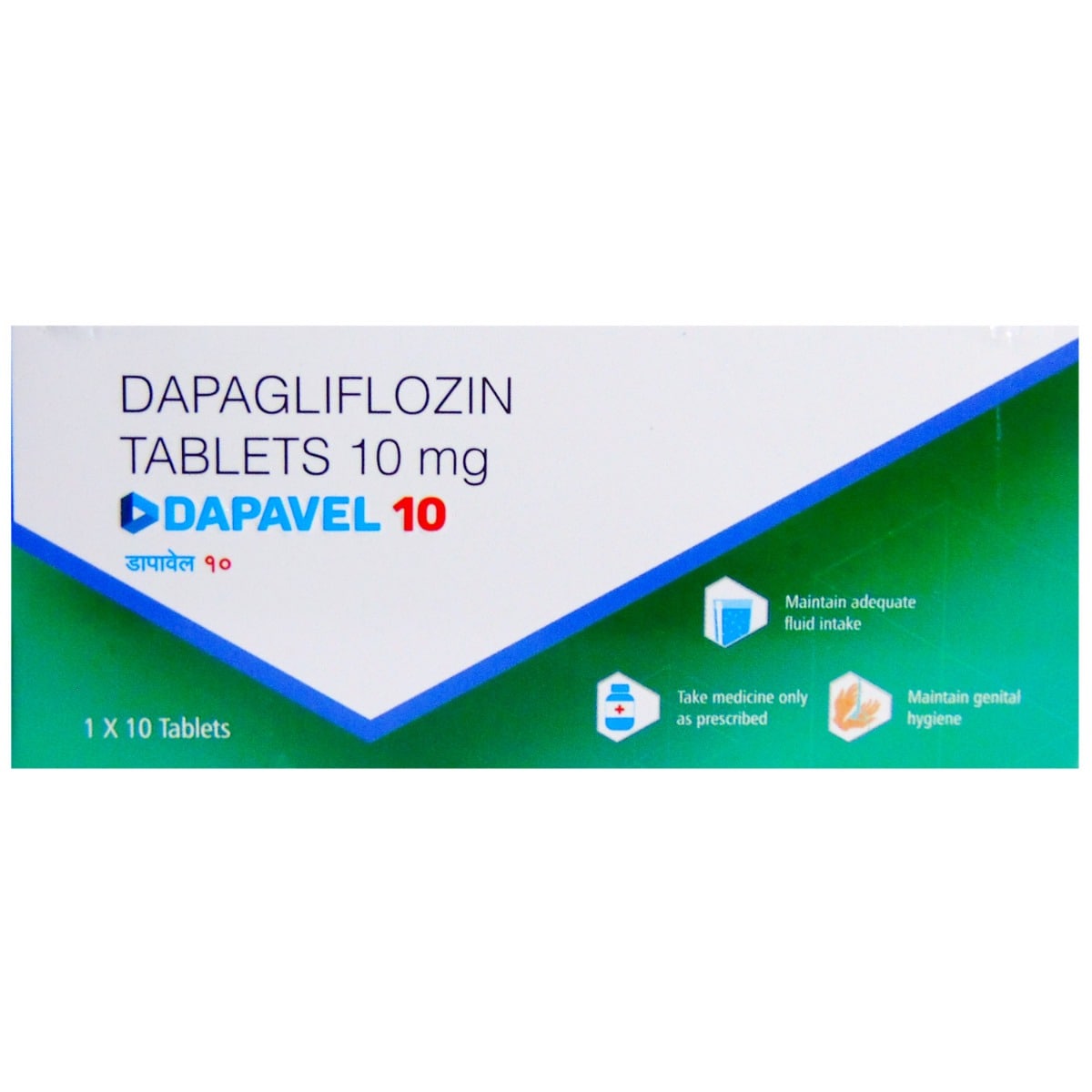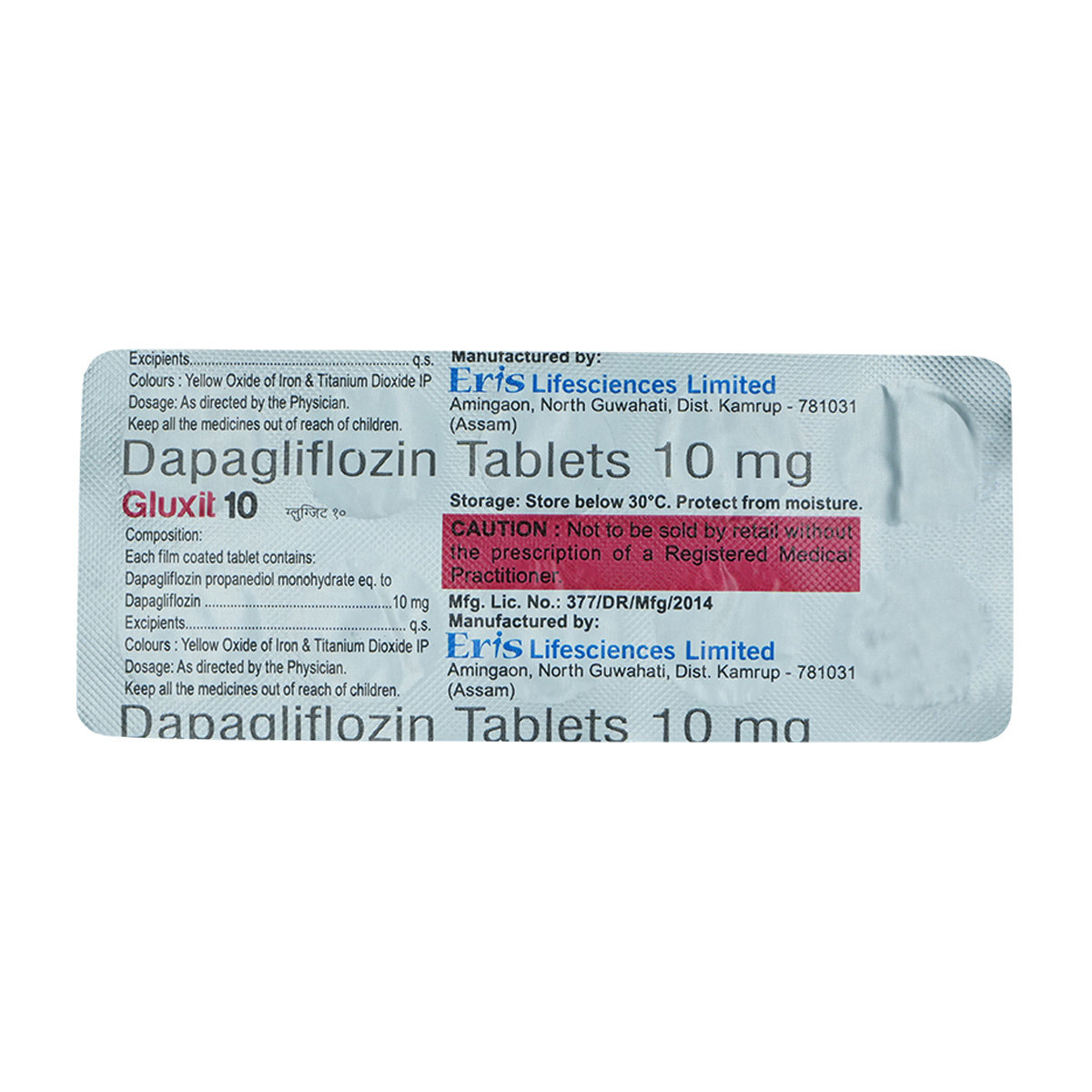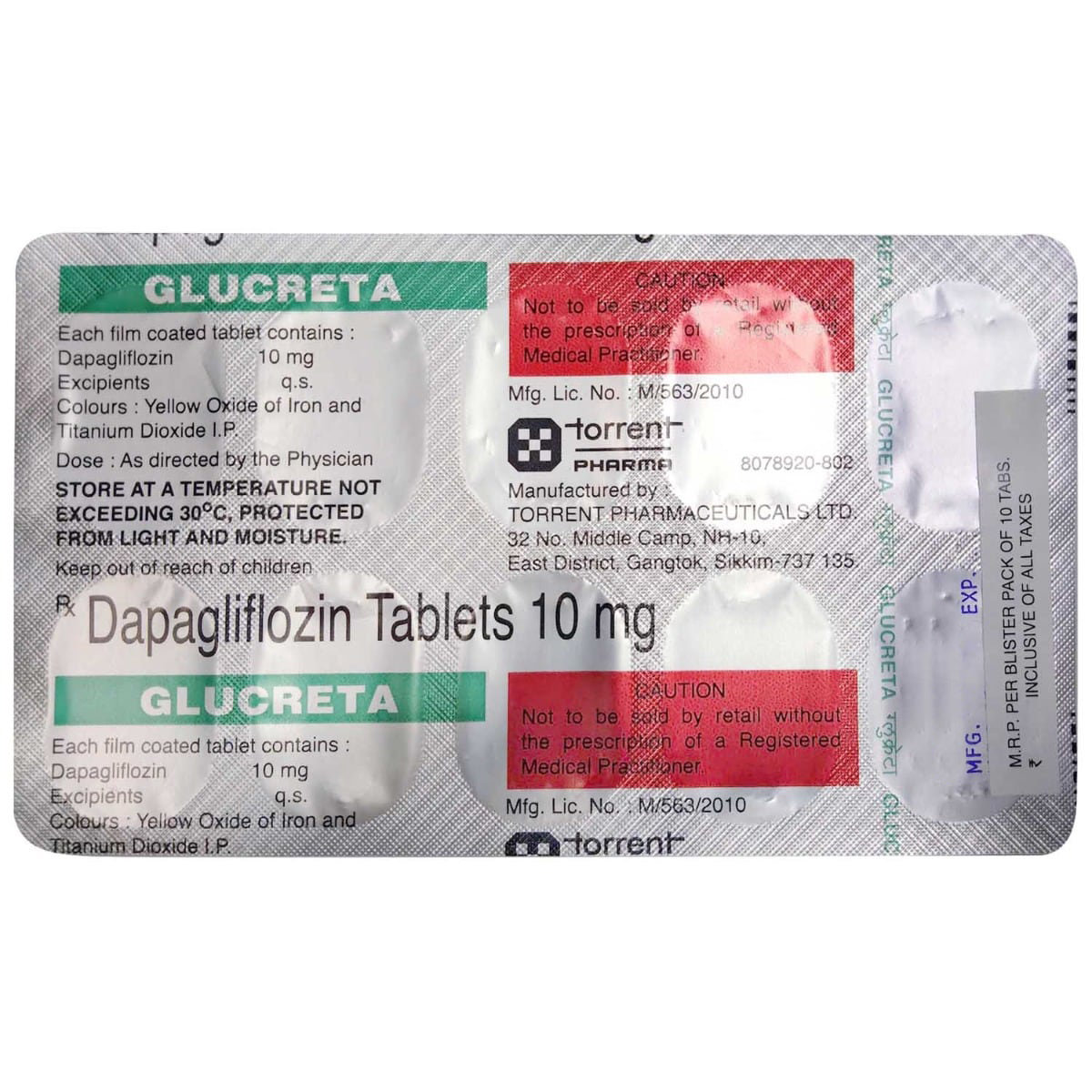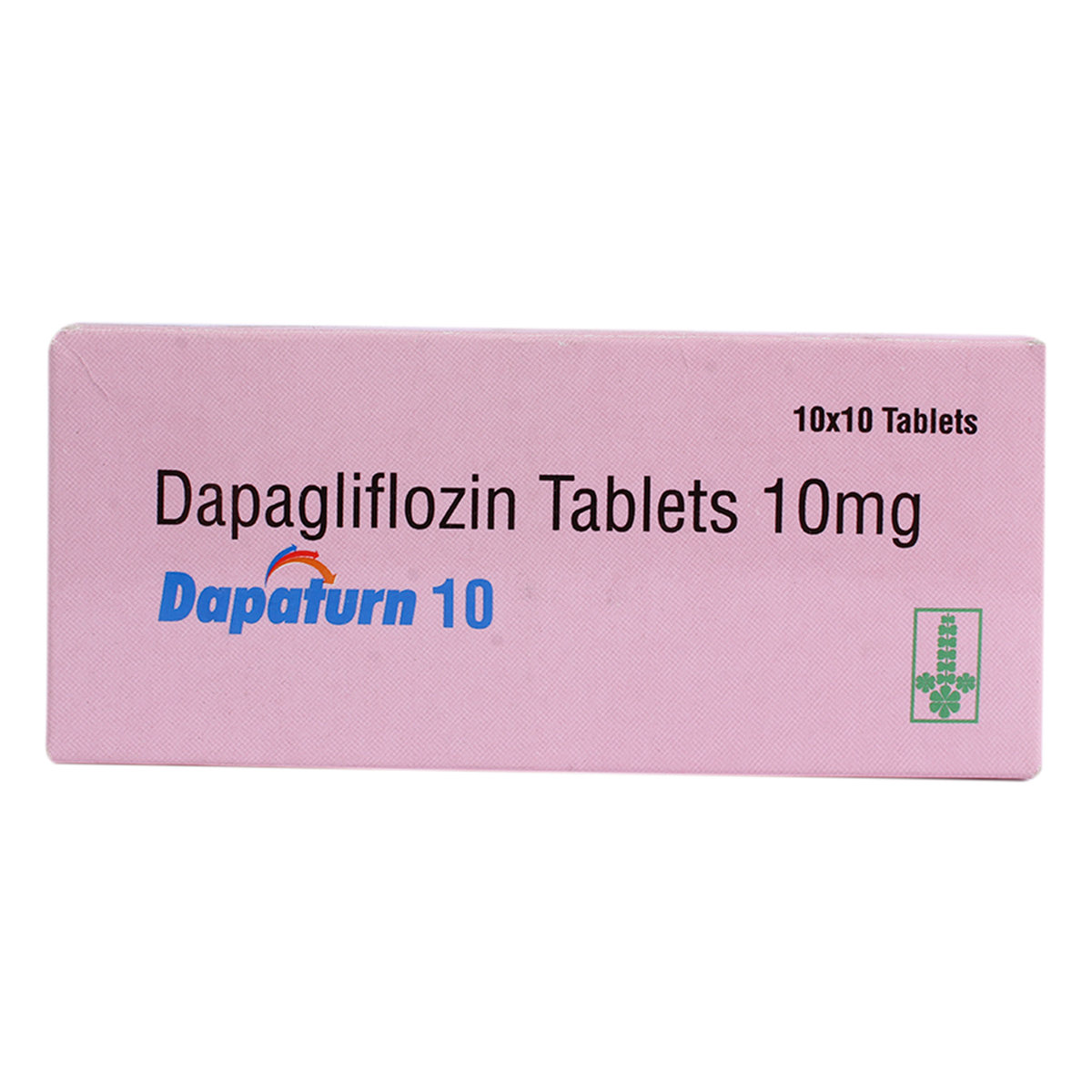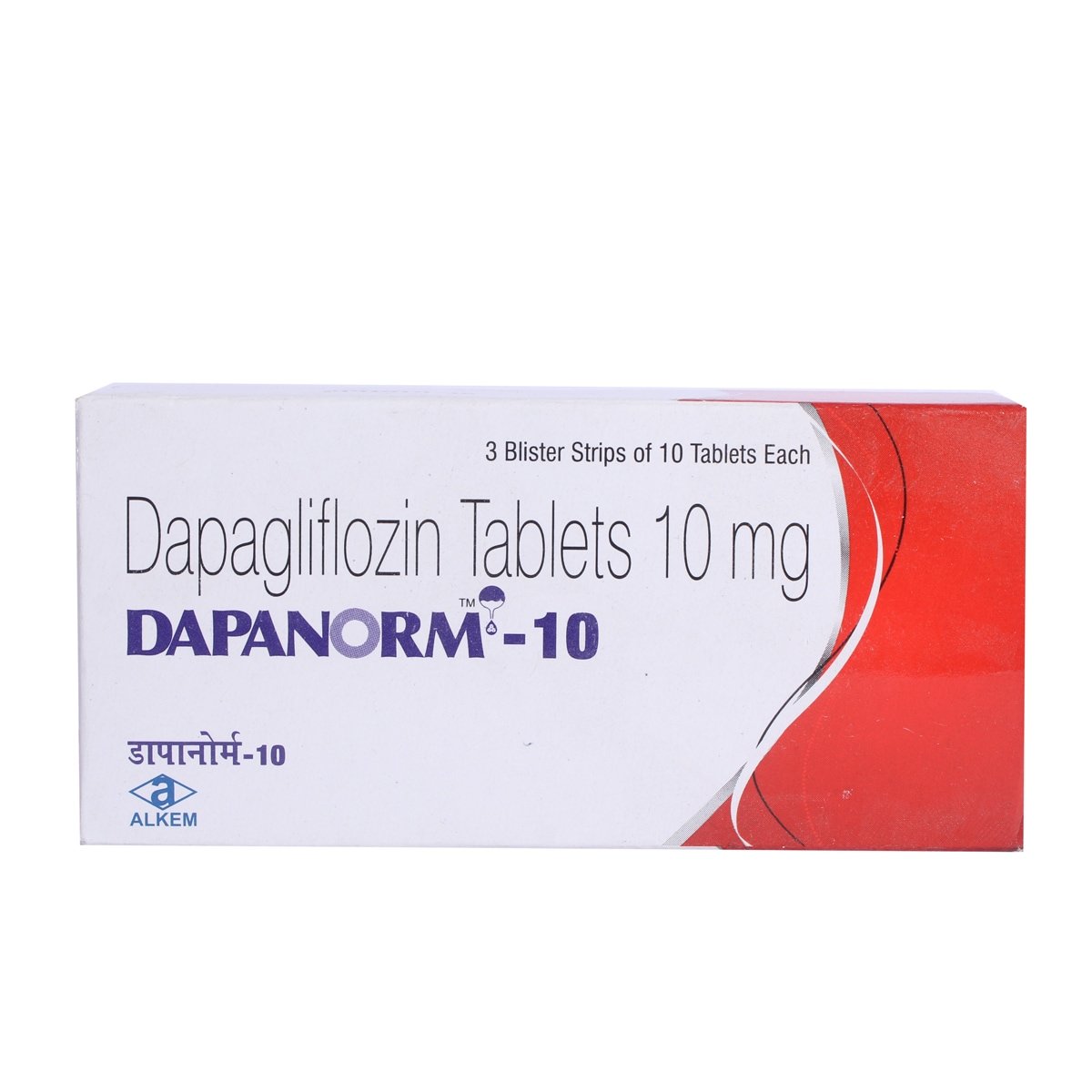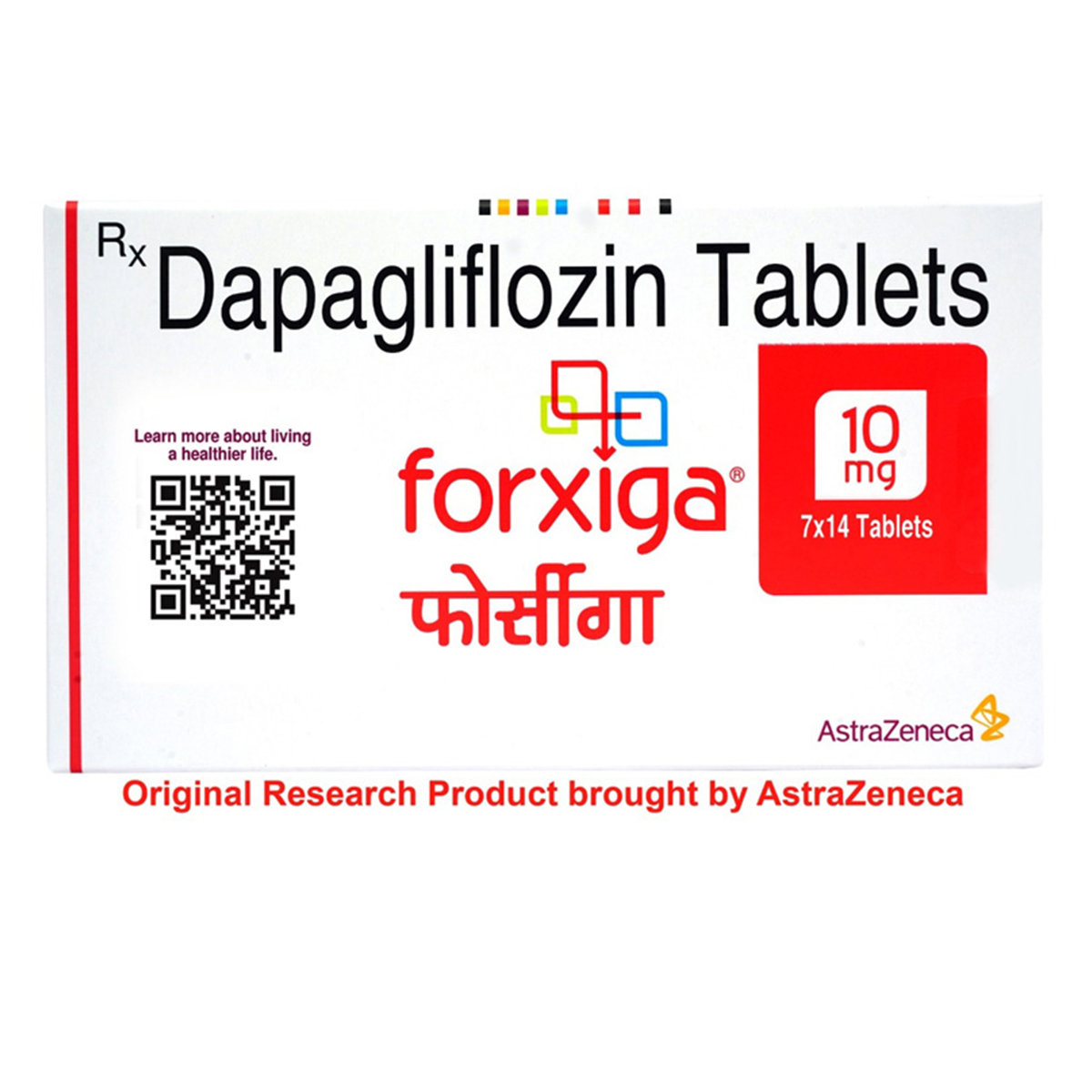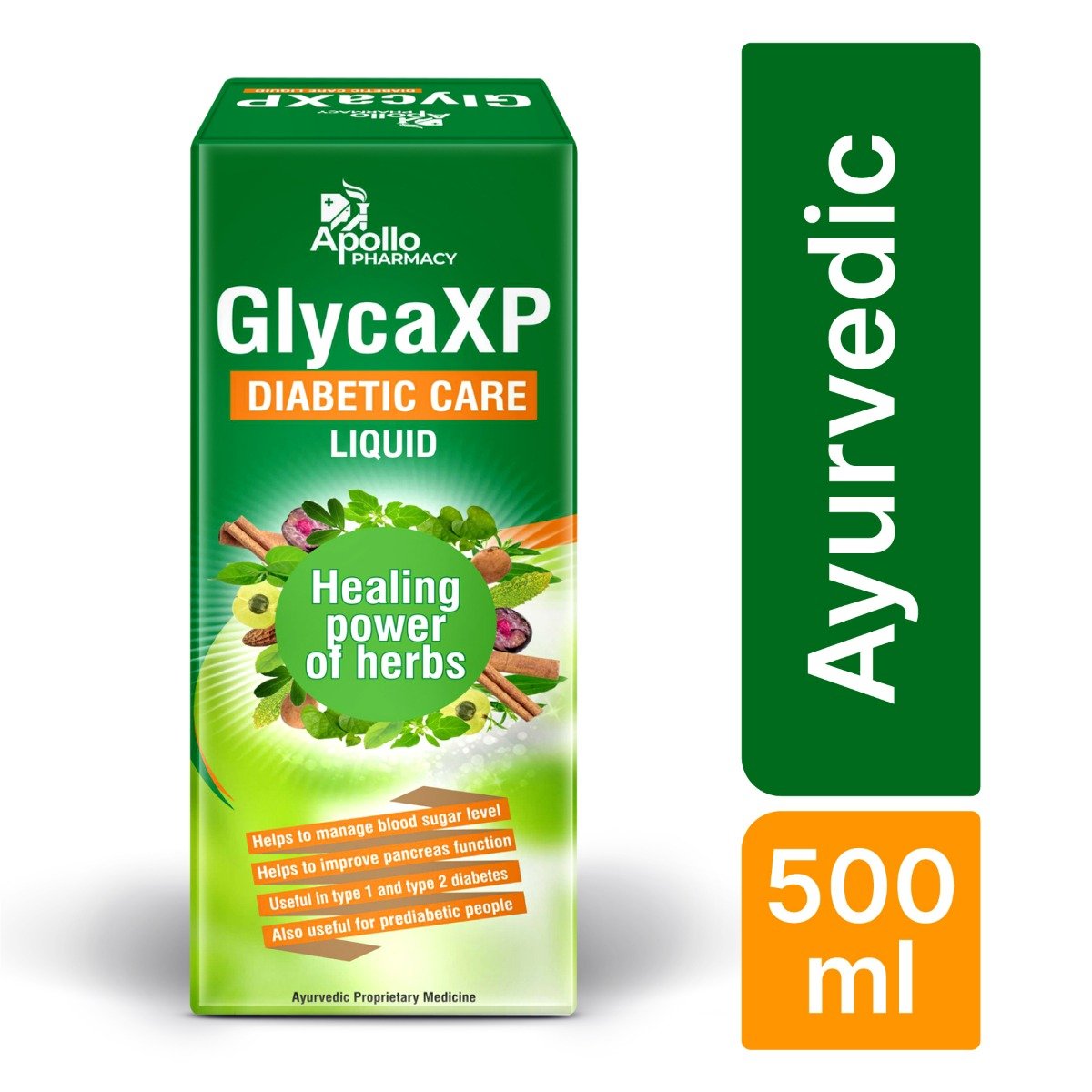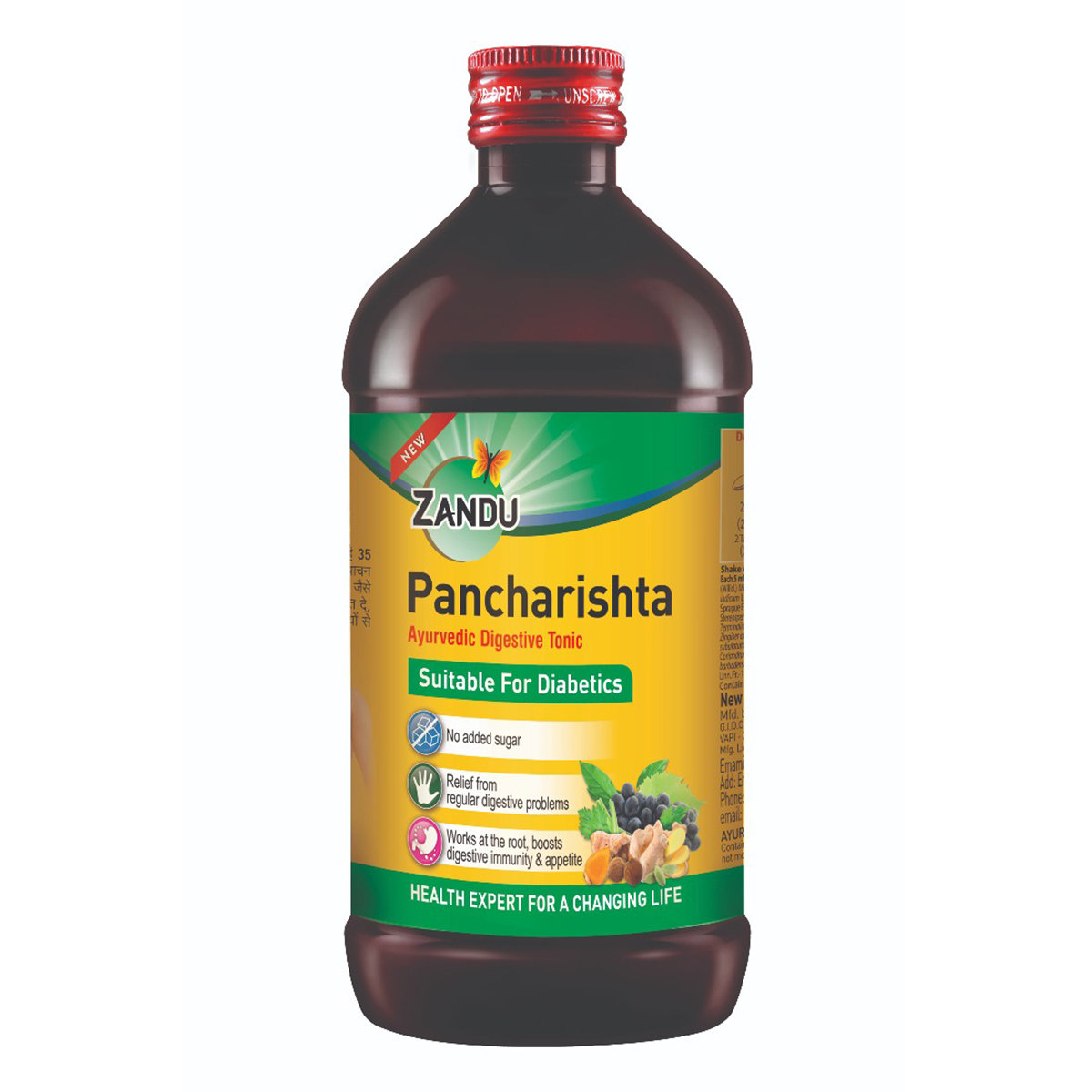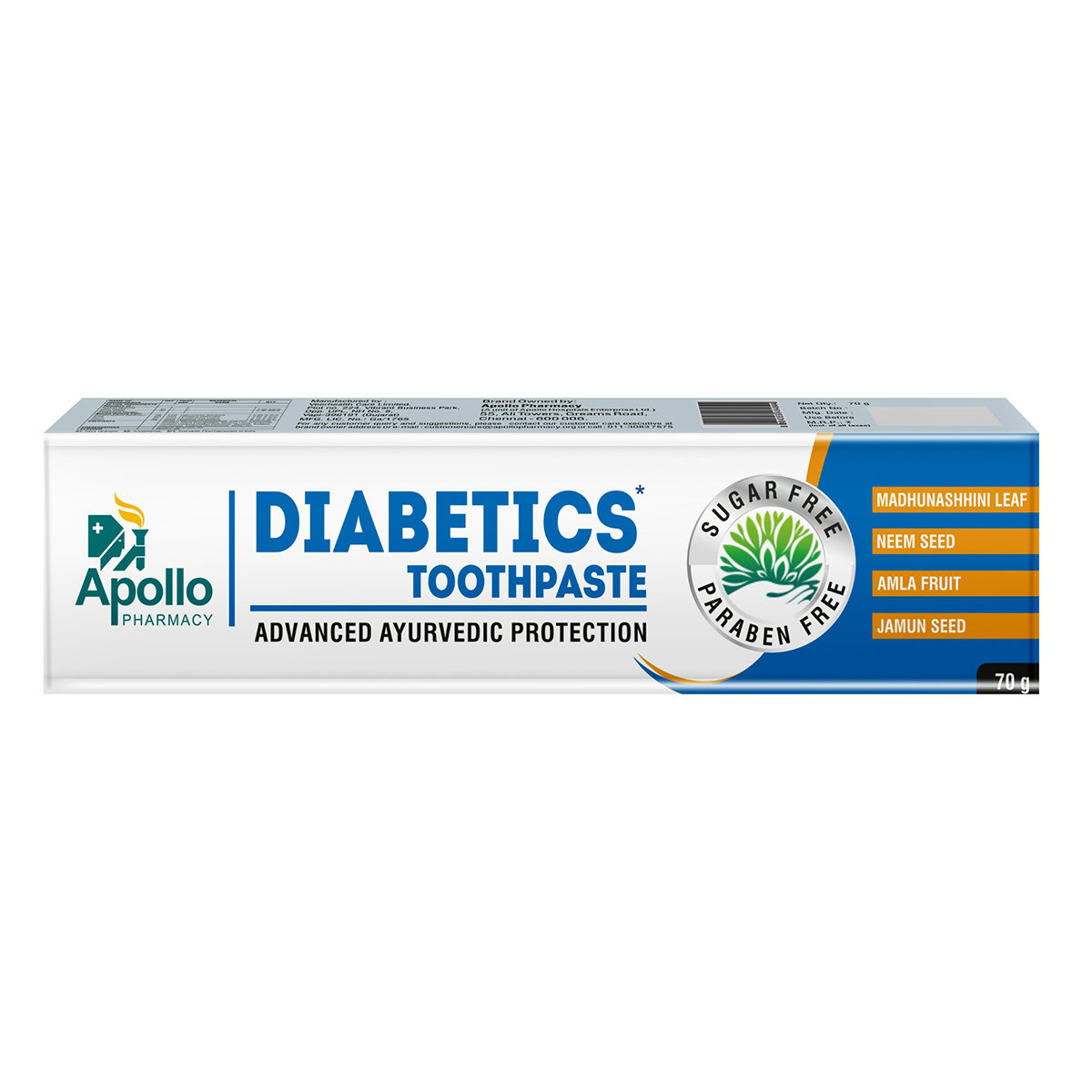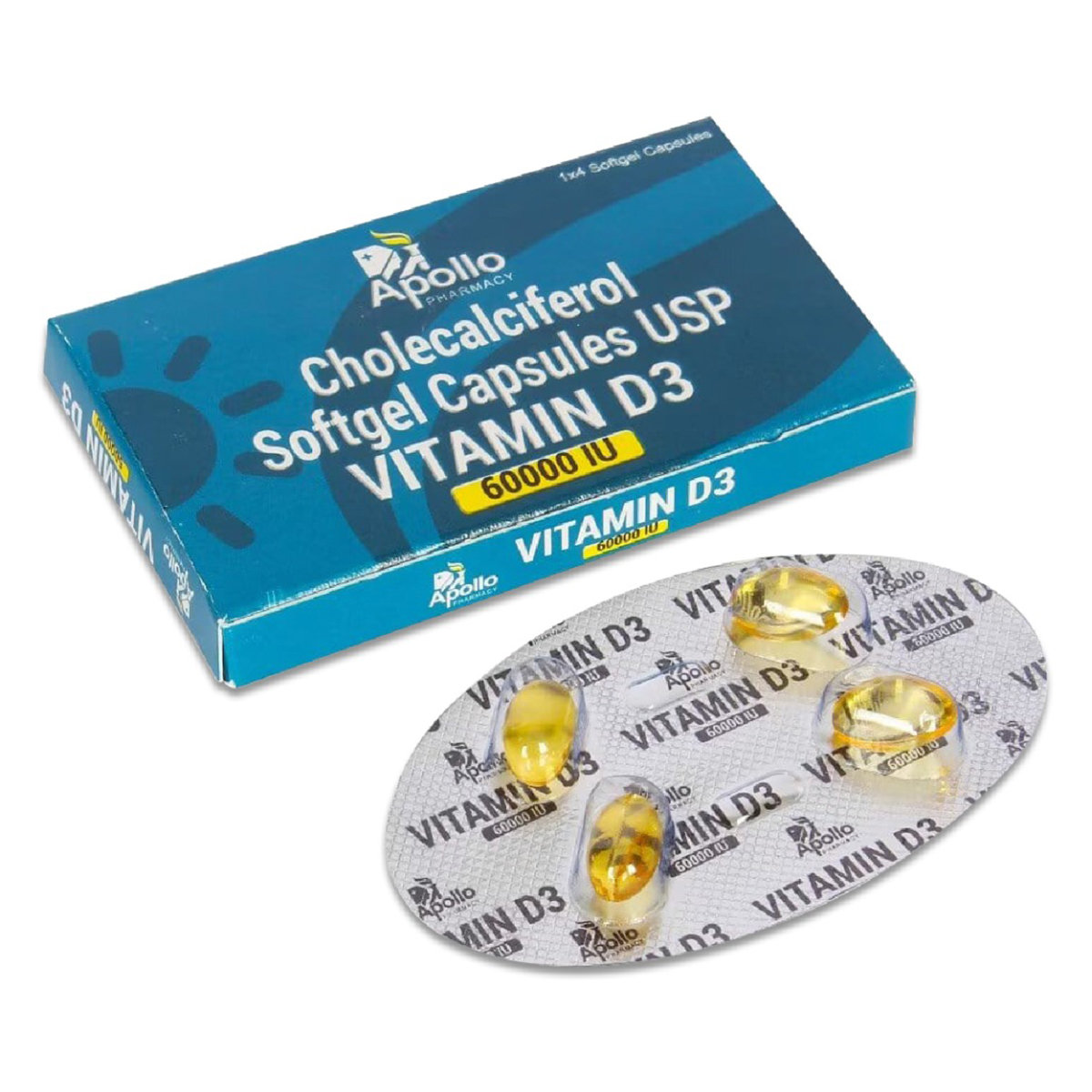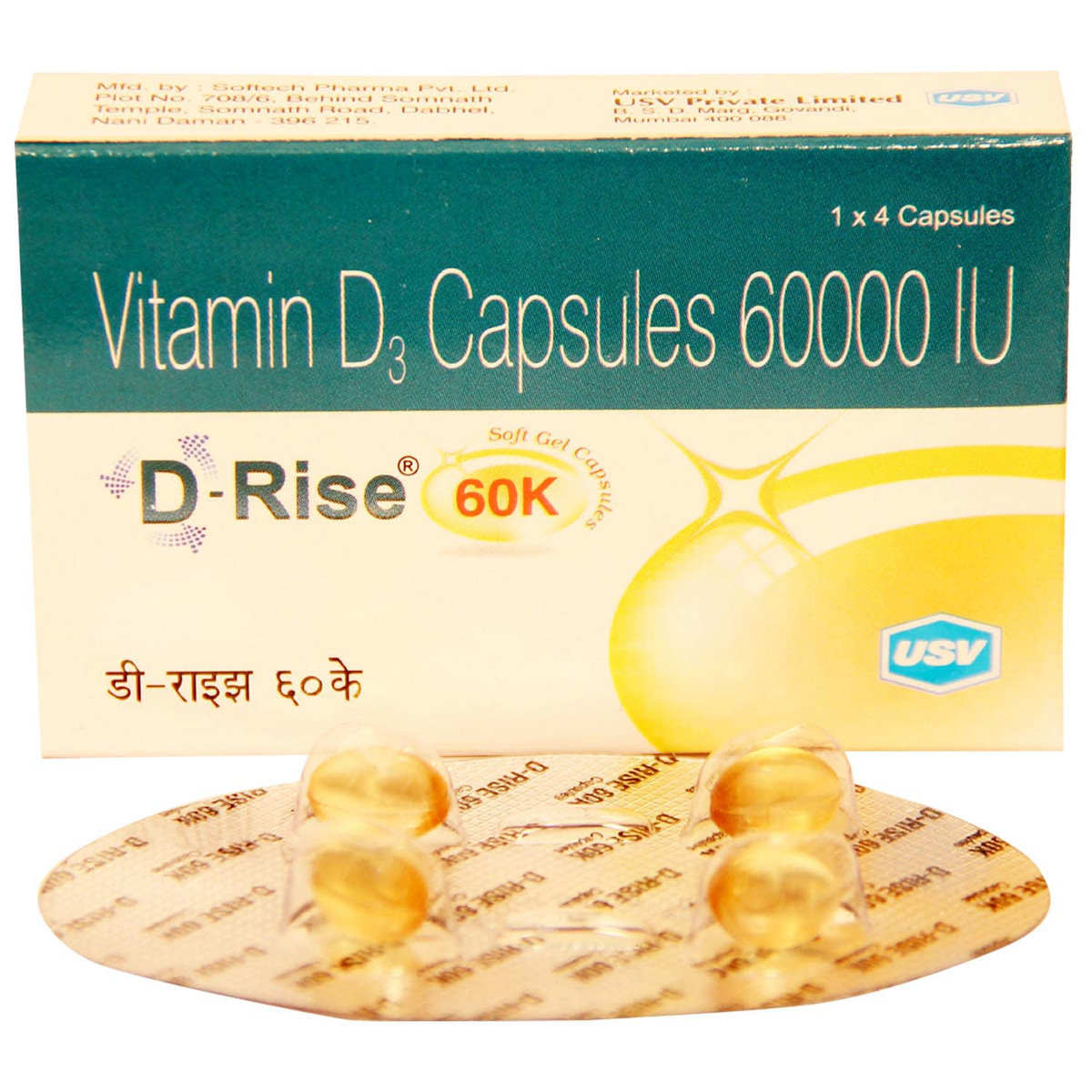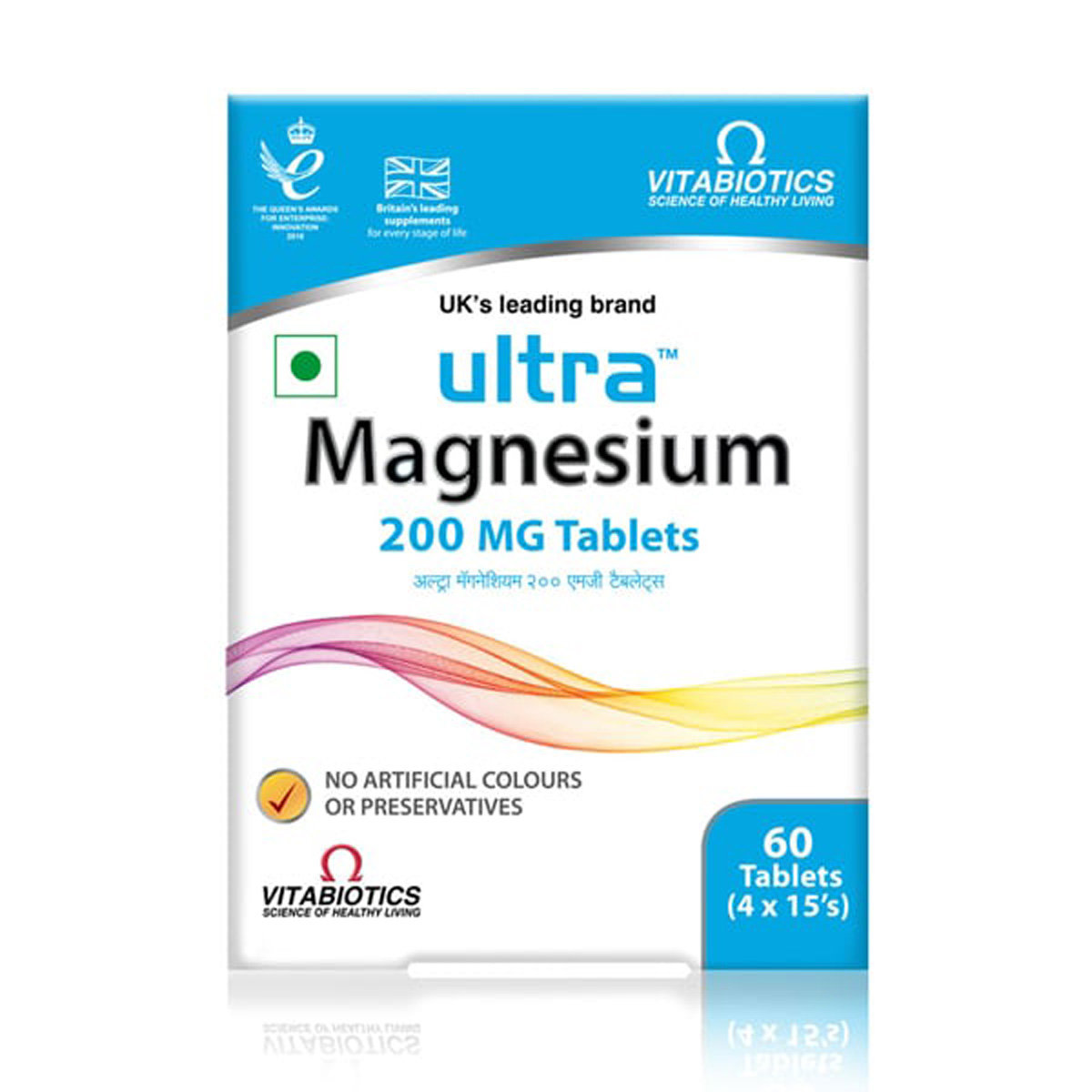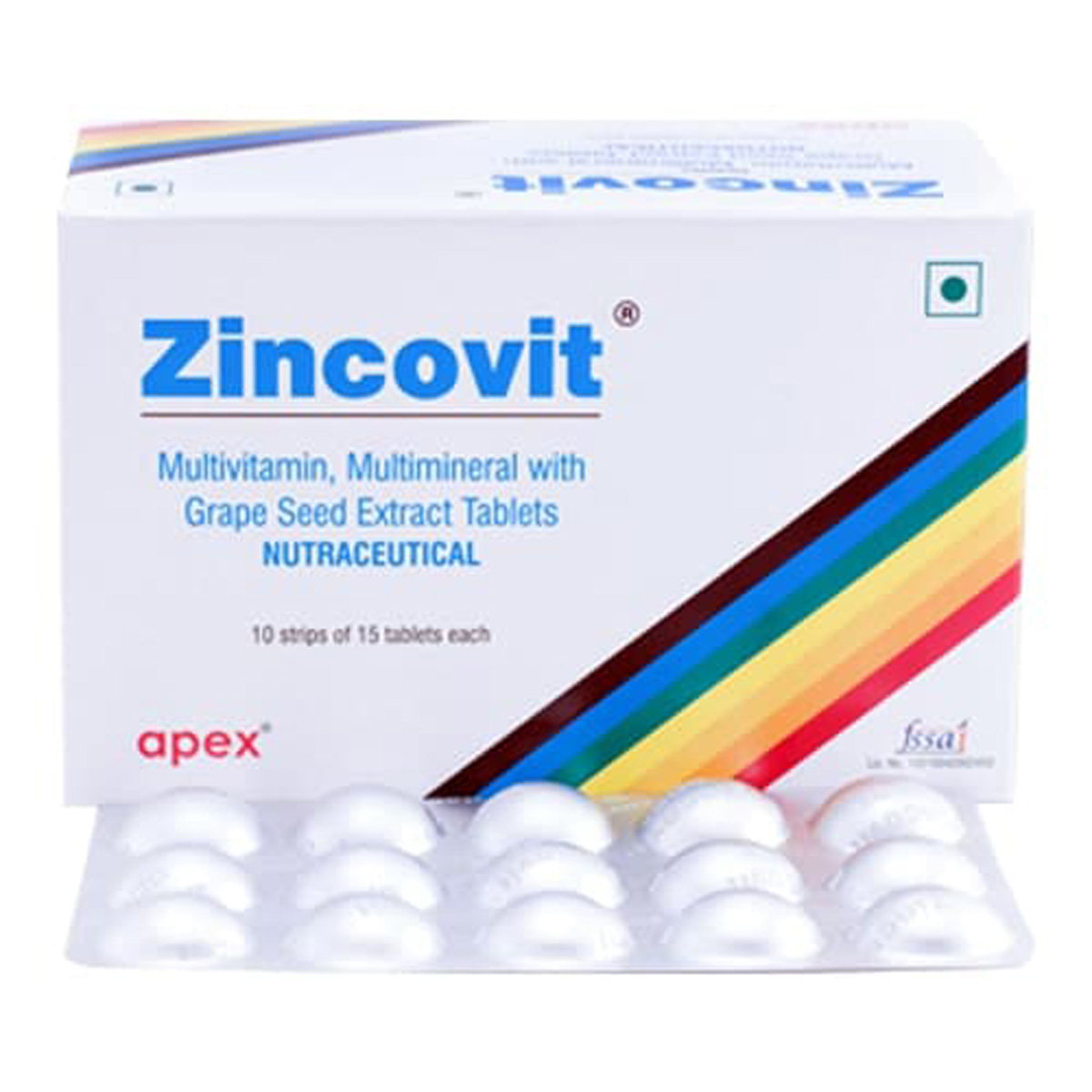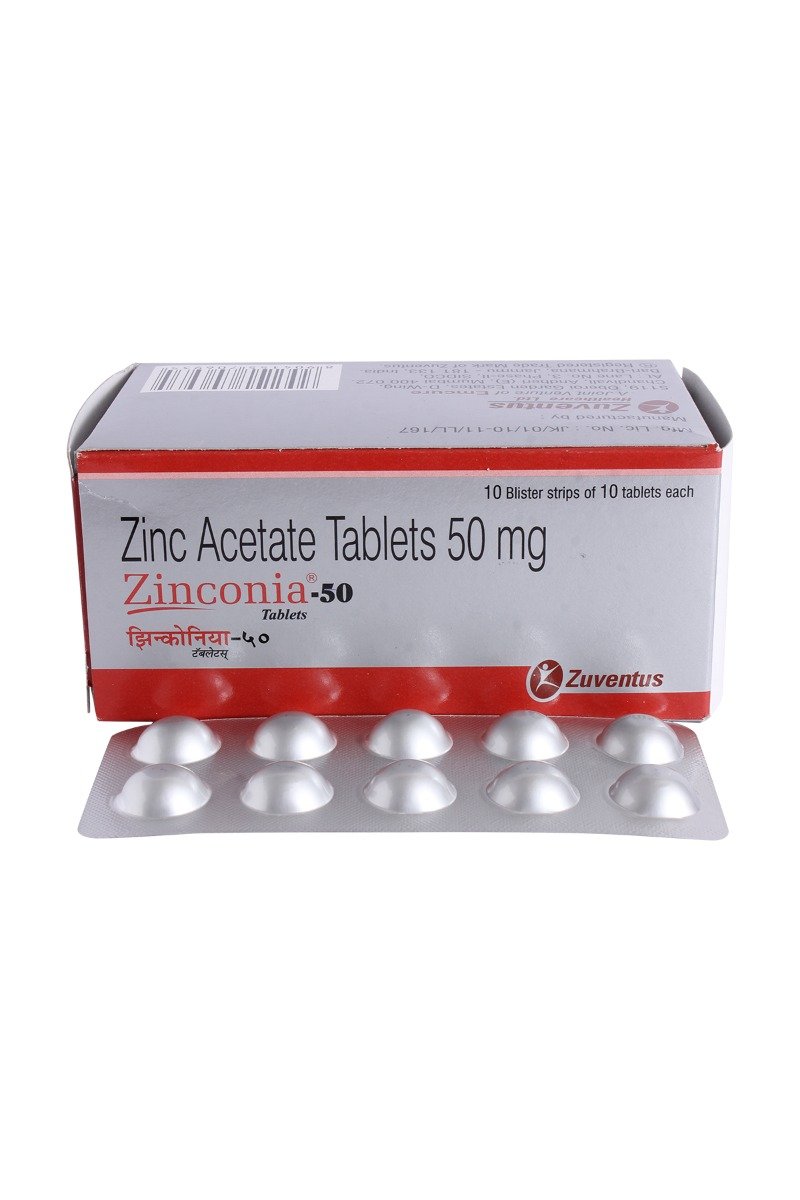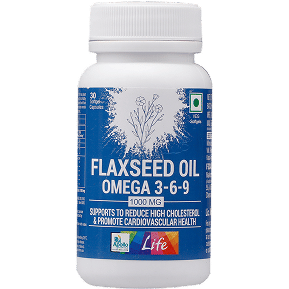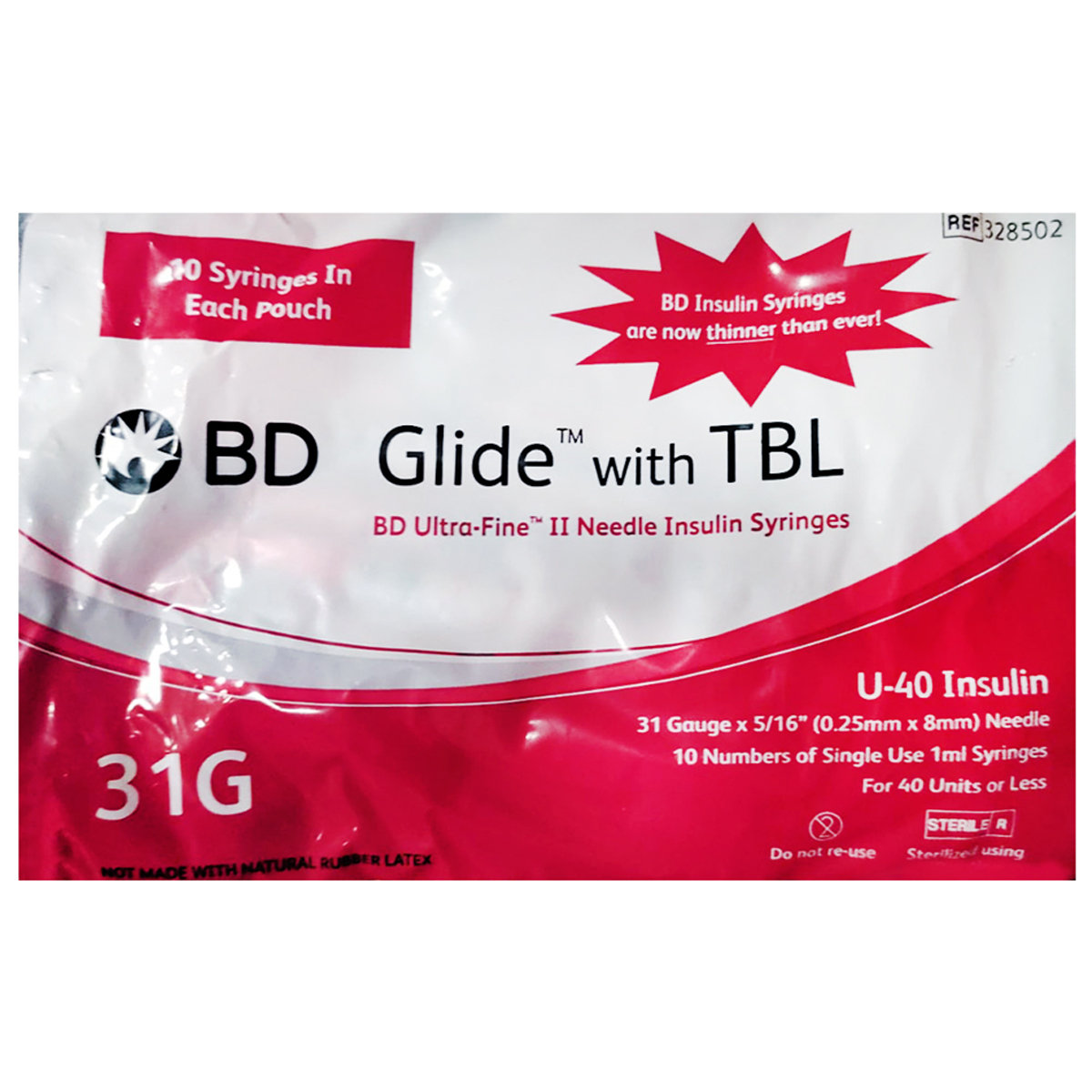Oxra 10 mg Tablet
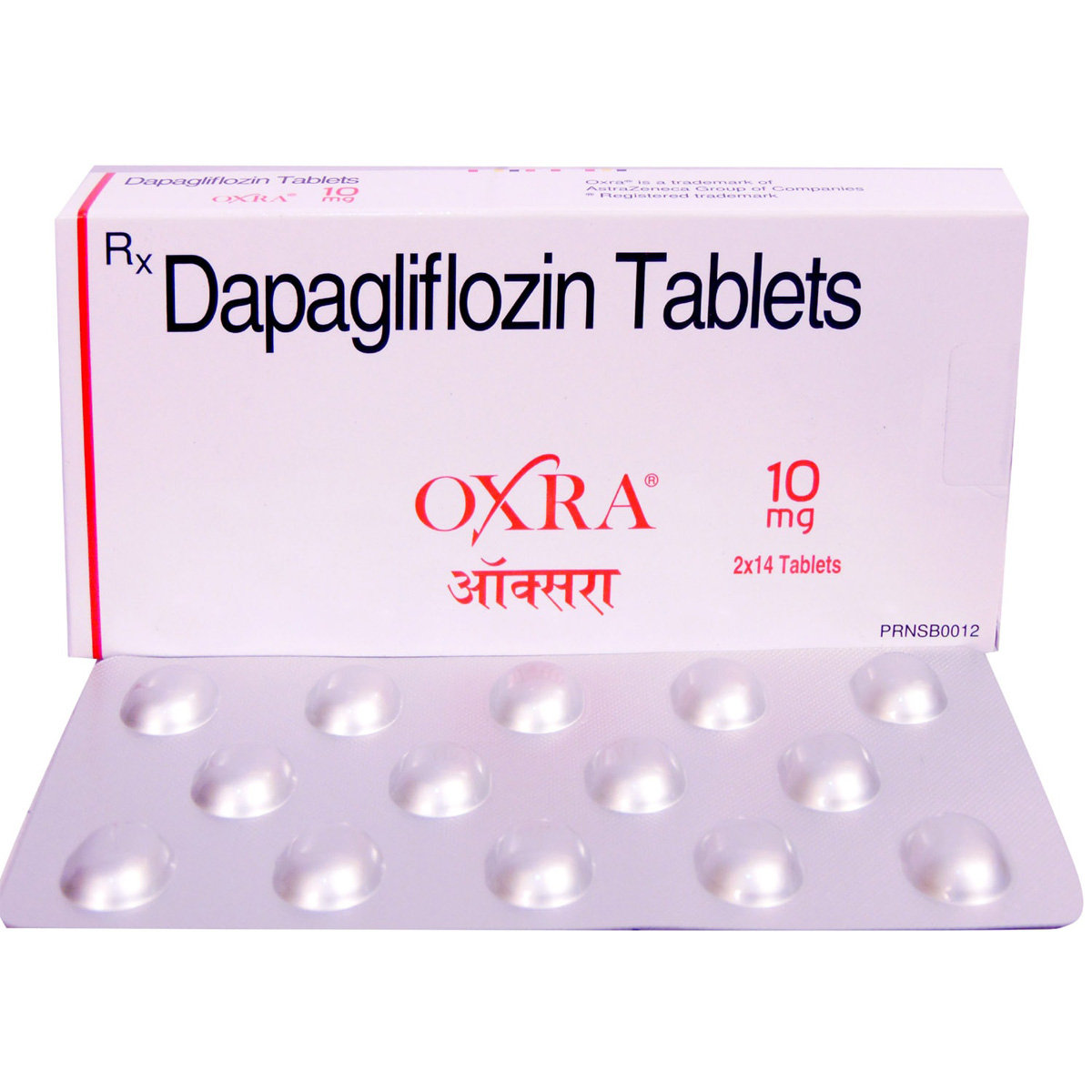
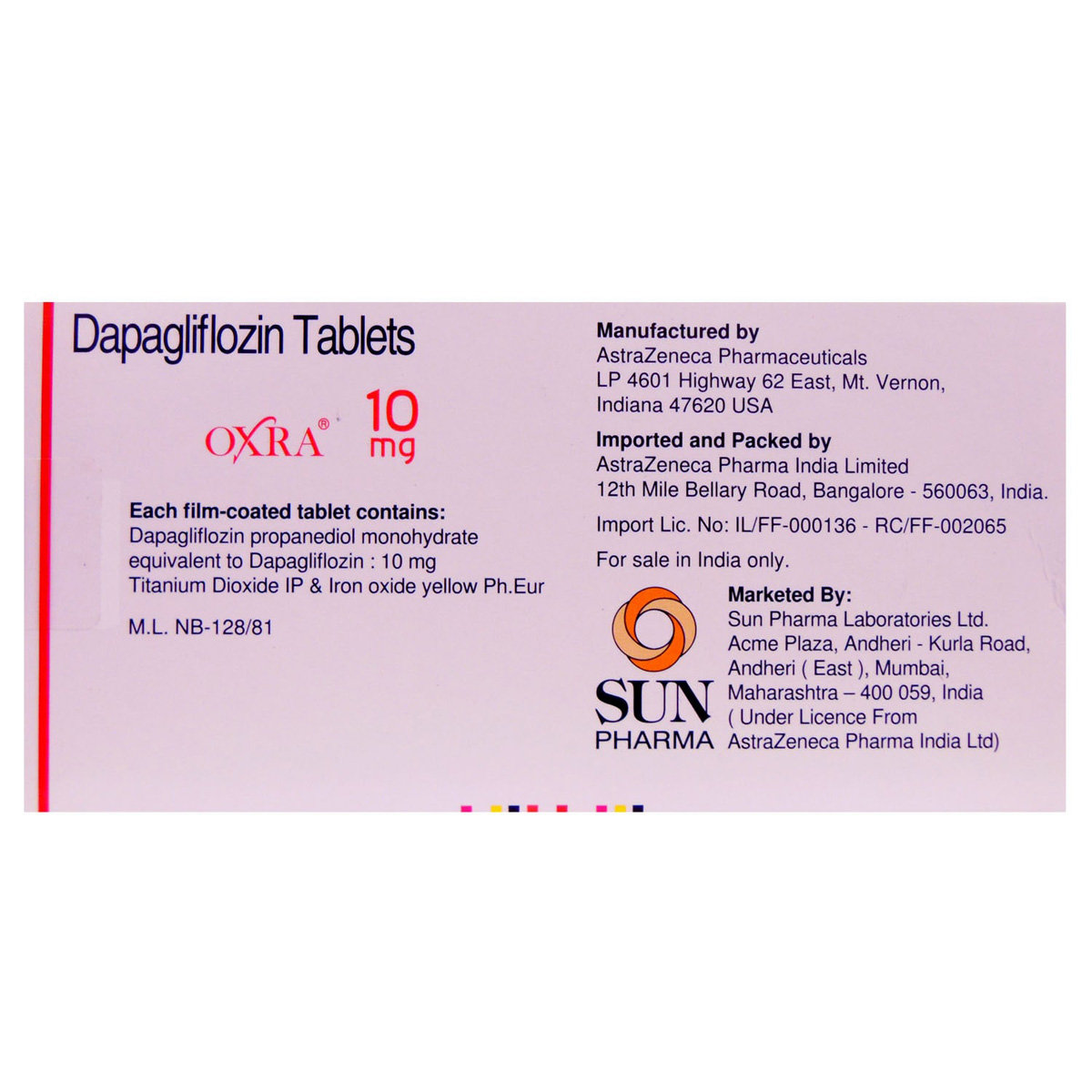
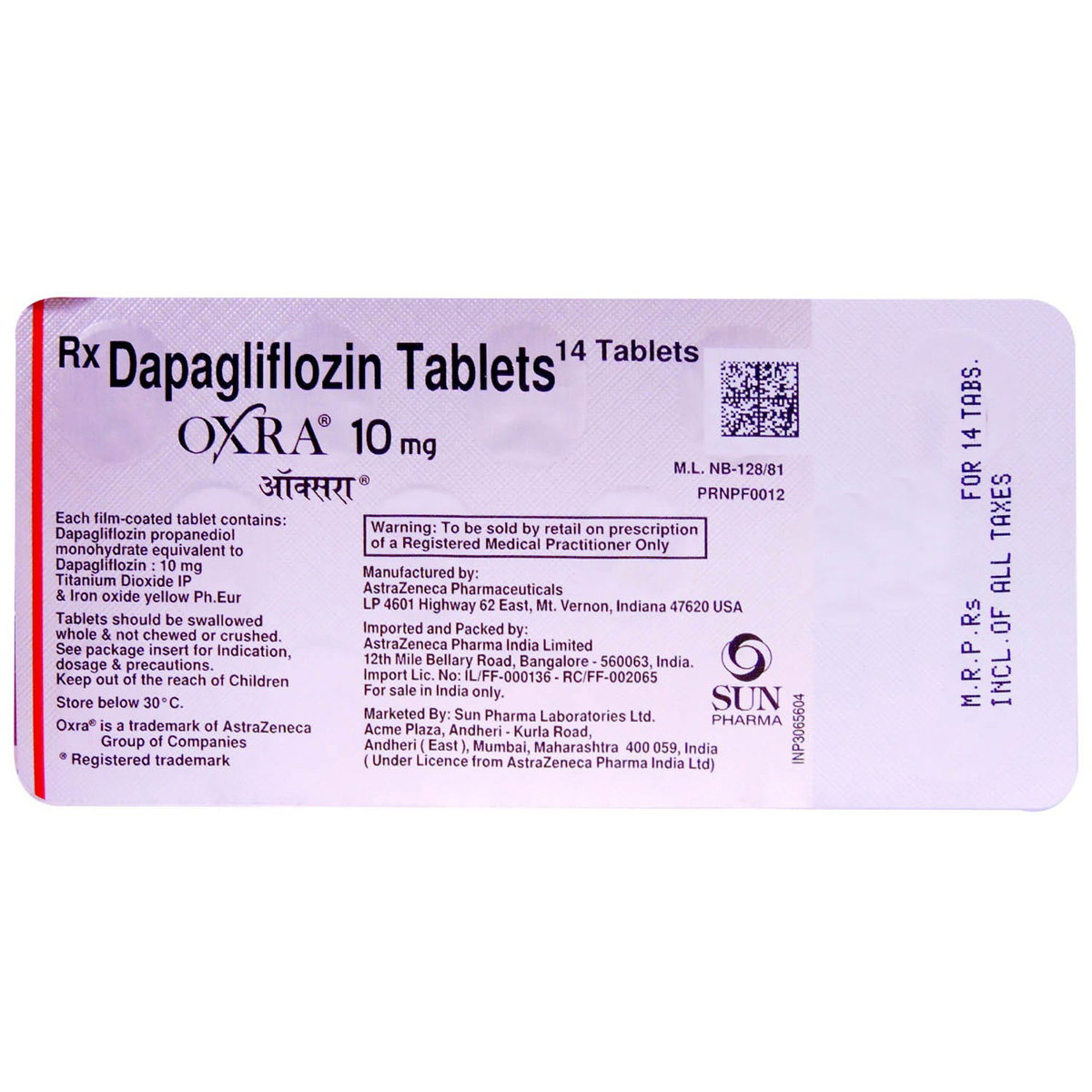
MRP ₹223
(Inclusive of all Taxes)
₹26.8 Cashback (12%)
know your delivery time
Provide Delivery Location
Composition :
Manufacturer/Marketer :
Consume Type :
Expires on or after :
Return Policy :

Secure Payment

Trusted by 8 Crore Indians

Genuine Products
Therapeutic Class
Country of origin
Manufacturer/Marketer address
Author Details
We provide you with authentic, trustworthy and relevant information
Disclaimer
Alcohol
Safe if prescribed
You should avoid consuming alcohol with Oxra 10 mg Tablet as it may lead to high or low blood sugar levels.
Pregnancy
Consult your doctor
Oxra 10 mg Tablet is a Category C pregnancy drug that is not recommended for pregnant women or given only under strict guidance of the doctor as there is no clinical data available on use in pregnant women.
Breast Feeding
Consult your doctor
There is no sufficient data on how Oxra 10 mg Tablet affects breastfeeding. It is safe to seek medical advice before you start Oxra 10 mg Tablet if you are lactating.
Driving
Safe if prescribed
Drive only if you are physically stable and mentally focused, if you experience drowsiness after taking these medications, you should not drive or operate any machinery or vehicles.
Liver
Consult your doctor
Take Oxra 10 mg Tablet only after the doctor's prescription, especially if you are dealing with Liver diseases/conditions as your doctor may adjust the dose as required.
Kidney
Consult your doctor
Take Oxra 10 mg Tablet after the recommendation of a doctor, especially if you have a history of Kidney diseases/conditions. The dosing strength needs to be adjusted by your doctor as required.
Children
Safe if prescribed
The use of Oxra 10 mg Tablet is not recommended for children below 18 years.
Product Substitutes
About Oxra 10 mg Tablet
Oxra 10 mg Tablet belongs to the category of medicines called 'anti-diabetic' primarily used for the management and treatment of type 2 diabetes. Type 2 diabetes is a condition that occurs when there is either less insulin or available insulin is not properly utilized by our body cells for lowering raised blood glucose. It is the most common type of diabetes, accounting for around 90% of total diabetes cases found commonly in middle-aged people. So it is also called adult-onset diabetes or non-insulin-dependent diabetes mellitus (NIDDM).
Oxra 10 mg Tablet contains 'Dapagliflozin' a protein found in kidney known as sodium-glucose cotransporters-2 (SGLT-2 inhibitor) that works by inhibiting the reabsorption of glucose in the body, resulting in an increase in glucose excretion through urine. The removal of excessive glucose helps to lower down the blood sugar level.
Take Oxra 10 mg Tablet as prescribed. Your doctor will recommend you how often you take Oxra 10 mg Tablet based on your medical condition. In some cases, you may experience urinary tract infection, low blood sugar levels (hypoglycemia), peeing more than normal, skin rash, dizziness, increased thirst, Nausea. Most of these side effects of Oxra 10 mg Tablet do not require medical attention and gradually resolve over time. However, if the side effects are persistent, reach out to your doctor.
If you are hypersensitive to any of the components present in these medicines, please tell your doctor before taking it. Oxra 10 mg Tablet is not allowed to use in children below 18 years of age. If you are a woman who is pregnant or breastfeeding or planning to be pregnant, then tell your doctor before they prescribe this medicine to you. Oxra 10 mg Tablet , when used with diuretics, may increase the risk of dehydration, kidney problems and lower blood pressure. Let your doctor know if you are taking any other medication. Do not take or stop Oxra 10 mg Tablet if the doctor did not advise you to do so. Limit your alcohol consumption with Oxra 10 mg Tablet as alcohol may cause a rapid increase or decrease in blood sugar levels.
Uses of Oxra 10 mg Tablet
Medicinal Benefits Mweb
Key Benefits
Oxra 10 mg Tablet belongs to the anti-diabetic drug category, indicated in the treatment of type 2 diabetes or non-insulin-dependent diabetes (NIDDM). This medicine is primarily prescribed to persons whose blood sugar levels are high and not controlled by diet and exercise alone. Oxra 10 mg Tablet consists of “Dapagliflozin” a sodium-glucose cotransporter-2 (SGLT-2) inhibitor responsible for inhibiting SGLT-2 enzymes in the kidney. Thus, it prevents the reabsorption of glucose from the blood filtered through your kidney, thereby increasing the glucose excretion from your body when you urinate.
Directions for Use
Side Effects of Oxra 10 mg Tablet
- Urinary tract infection
- Low blood sugar levels (hypoglycemia)
- Frequent urination
- Skin rash
- Dizziness
- Increased thirst
- Nausea
Drug Warnings
Tell your doctor if you are allergic to Oxra 10 mg Tablet and other medicines, have severe kidney disease, high ketone levels in blood or urine, heart disease, congestive heart failure, liver disease or you are using insulin or other oral diabetes medications. Oxra 10 mg Tablet , when used with other diabetes medications, may extremely lower the blood sugar level leading to hypoglycemia condition, which can be fatal. Your doctor may adjust the dose by lowering the dose of other diabetes medicine or Oxra 10 mg Tablet in this case. A person should keep taking Oxra 10 mg Tablet even if they are feeling that their blood sugar levels are under control as it may again spike the level of sugar in the blood. You should take small frequent meals and don't fast while being treated with Oxra 10 mg Tablet . Try to notice if you are developing the symptoms of hypoglycemia (low blood sugar) like sweating, dizziness, dry mouth, dry skin, palpitations, shivering, intense thirst, frequent urination. If you notice any of the mentioned symptoms, then immediately take honey/sugar candies and consult with a physician.
Drug-Drug Interactions
Drug-Drug Interactions
Login/Sign Up
Co-administration of Oxra 10 mg Tablet with Gatifloxacin may sometimes affect blood glucose levels. Both low blood glucose and, less frequently, high blood glucose have been reported.
How to manage the interaction:
Although there is a possible interaction, Gatifloxacin can be taken with Oxra 10 mg Tablet if prescribed by the doctor. Consult the prescriber if you experience symptoms such as nervousness, confusion, headache, dizziness, drowsiness, tremor, nausea, hunger, weakness, perspiration, palpitation, rapid heartbeat, increased urination, increased thirst, and increased hunger. Maintaining blood glucose levels is advised. Do not discontinue the medication without consulting a doctor.
Co-administration of Oxra 10 mg Tablet with Aliskiren may increase the risk of dehydration and low blood pressure.
How to manage the interaction:
If you are supposed to use Oxra 10 mg Tablet and Aliskiren together, a doctor may adjust the dose and monitor you more frequently. However, if you experience dizziness, fainting, headache, lightheadedness, and/or changes in pulse or heart rate, contact a doctor. Do not discontinue the medication without consulting a doctor.
Drug-Food Interactions
Drug-Food Interactions
Login/Sign Up
Drug-Diseases Interactions
Drug-Diseases Interactions
Login/Sign Up
Use caution when using Oxra 10 mg Tablet in individuals with severe hepatic impairment. Patients with mild or moderate hepatic impairment do not require dosage modifications.
How to manage the interaction:
Oxra 10 mg Tablet should be used with caution in patients with liver impairment.
In patients with deteriorating renal function, the glucose-lowering effects of SGLT2 inhibitors are reduced. Acute kidney damage and hypotension are side effects with volume depletion are common in patients with renal impaired function, the elderly, and those using loop diuretics. It is not recommended to use SGLT-2 inhibitors in dialysis patients.
How to manage the interaction:
Oxra 10 mg Tablet is contraindicated in patients undergoing dialysis.
After the start of treatment, SGLT-2 inhibitors promote intravascular volume contraction, which may result in symptomatic hypotension, particularly in the elderly, in patients with impaired renal function, in patients with low systolic blood pressure, or in patients using diuretics. Monitor volume status.
How to manage the interaction:
Blood plasma volume should be assessed and corrected before starting treatment with Oxra 10 mg Tablet, and patients should be monitored during therapy.
The use of sodium-glucose cotransporter 2 inhibitors may cause increased risk of genital mycotic infections. When administering this medication to patients who have a history of genital mycotic infections, caution should be taken. Monitor closely.
How to manage the interaction:
Oxra 10 mg Tablet should be used with caution in patients who have a history of genital mycotic infections (fungal infections of the urogenital area) or who are uncircumcised, as these patients are more likely to develop genital mycotic infections.
Drug-Drug Interactions Checker List
- FUROSEMIDE
- AMILORIDE+HYDROCHLOROTHIAZIDE
- BACLOFEN
- TAMSULOSIN
- LEVODOPA
- GATIFLOXACIN
- AMLODIPINE
- BISOPROLOL
- GLIMEPIRIDE
- GLIPIZIDE
Habit Forming
Special Advise
- You should have a test of glycated hemoglobin (HbA1c) every 3 months to check your blood glucose level control.
- Drink plenty of fluids as use of Oxra 10 mg Tablet may cause dehydration.
Diet & Lifestyle Advise
- Fill your half plate with starchy veggies, a quarter with proteins and a quarter with whole grain.
- Eat at regular intervals. Do not take a long gap between a meal or snack.
- Monitor your blood sugar level regularly, especially when there are lots of fluctuations.
- Invest at least 150 min of moderate-intensity physical activity or one hour and 15 minutes of high-intensity exercise every week.
- Lose weight gradually to achieve a healthy body mass index (18.5 to 24.9).
- Replace refined carbohydrates containing whole-grain foods and increase the intake of fruits and veggies and other fiber-enriched foods.
- Reduce intake of saturated fat (or hidden fats) in food like chips, crisps, pastries, biscuits and samosas. Choose omega 3 fatty acid-containing oils for daily cooking. You can use palm oil, mustard oil, groundnut oil, rice bran oil and safflower oil for frying.
- Do not take stress as it may elevate your blood sugar level. You can adopt stress management techniques like mindfulness to control stress-related blood sugar changes.
- Opt for low-fat dairy products (low-fat yogurt, fat-free milk, and cheese, etc.).
- Keep your blood pressure as normal (120/80) as possible as it reduces the risk of cardiovascular diseases in diabetes patients.
All Substitutes & Brand Comparisons
RX
Justoza 10 Tablet 15's
Mankind Pharma Pvt Ltd
₹168
(₹10.09 per unit)
36% CHEAPERRX
Cipdapla 10 Tablet 10's
Cipla Ltd
₹103
(₹10.3 per unit)
35% CHEAPERRX
Udapa 10 Tablet 10's
USV Pvt Ltd
₹141.5
(₹12.74 per unit)
20% CHEAPER

Have a query?
Buy best Diabetics products by
Torrent Pharmaceuticals Ltd
Sun Pharmaceutical Industries Ltd
Eris Life Sciences Ltd
Intas Pharmaceuticals Ltd
Lupin Ltd
Micro Labs Ltd
Mankind Pharma Pvt Ltd
Lloyd Healthcare Pvt Ltd
Alkem Laboratories Ltd
Abbott India Ltd
Glenmark Pharmaceuticals Ltd
Cipla Ltd
Macleods Pharmaceuticals Ltd
Wockhardt Ltd
Dr Reddy's Laboratories Ltd
Primus Remedies Pvt Ltd
USV Pvt Ltd
Aristo Pharmaceuticals Pvt Ltd
Emcure Pharmaceuticals Ltd
Alembic Pharmaceuticals Ltd
Ipca Laboratories Ltd
La Renon Healthcare Pvt Ltd
Ajanta Pharma Ltd
Medley Pharmaceuticals Ltd
East West Pharma India Pvt Ltd
Elbrit Life Sciences Pvt Ltd
Corona Remedies Pvt Ltd
Hbc Life Sciences Pvt Ltd
Sinsan Pharmaceuticals Pvt Ltd
Ranmarc Labs
Mitoch Pharma Pvt Ltd
Zydus Healthcare Ltd
Sanofi India Ltd
Akumentis Healthcare Ltd
Fusion Health Care Pvt Ltd
Unison Pharmaceuticals Pvt Ltd
Jubilant Lifesciences Ltd
Novo Nordisk India Pvt Ltd
Tas Med India Pvt Ltd
Blue Cross Laboratories Pvt Ltd
Msn Laboratories Pvt Ltd
Eswar Therapeutics Pvt Ltd
Indoco Remedies Ltd
Q Check Pharmaceuticals
Alteus Biogenics Pvt Ltd
Anthem Bio Pharma
Franco Indian Pharmaceuticals Pvt Ltd
Systopic Laboratories Pvt Ltd
Panacea Biotec Ltd
Zydus Cadila
Biocon Ltd
Edoc Life Sciences Pvt Ltd
Koye Pharmaceuticals Pvt Ltd
Arkas Pharma Pvt Ltd
Diacardus Pharmacy Pvt Ltd
Elinor Pharmaceuticals (P) Ltd
Remedy Life Sciences Pvt Ltd
Saan Labs
Talent India Pvt Ltd
Jarun Pharmaceuticals Pvt Ltd
Capital Pharma
Shrrishti Health Care Products Pvt Ltd
FDC Ltd
Leeford Healthcare Ltd
Nirvana India Pvt Ltd
Elder Pharmaceuticals Ltd
Eli Lilly and Company (India) Pvt Ltd
Glynis Pharmaceuticals Pvt Ltd
Zuventus Healthcare Ltd
Arrient Healthcare Pvt Ltd
Cadomed Pharmaceuticals India Pvt Ltd
Orris Pharmaceuticals
Akesiss Pharma Pvt Ltd
Bal Pharma Ltd
Biochem Pharmaceutical Industries Ltd
Knoll Healthcare Pvt Ltd
Lippon Pharma Pvt Ltd
Morepen Laboratories Ltd
Neucure Lifesciences Pvt Ltd
Opsis Care Lifesciences Pvt Ltd
Wallace Pharmaceuticals Pvt Ltd
Acmedix Pharma Llp
Converge Biotech Pvt Ltd
Erinyle Pharma
Indiabulls Pharmaceuticals Pvt Ltd
Ozone Pharmaceuticals Ltd
Retra Life Science Pvt Ltd
Alvio Pharmaceuticals Pvt Ltd
Geneaid Pharmaceuticals
Heal (India) Laboratories Pvt Ltd
Olcare Laboratories Pvt Ltd
Vasu Organics Pvt Ltd
Kotak Life Sciences
Lakshya Life Sciences Pvt Ltd
Proqol Health Care Pvt Ltd
Sanz Pharmaceuticals
Daylon healthcare pvt Ltd
Mcronus Lifescience Pvt Ltd
Natco Pharma Ltd
Orsim Pharma
Frequently Bought Together

Nestle Resource Diabetic Vanilla Flavour Powder, 400 gm
400 gm Powder
Nestle India Ltd
₹758.6
MRP ₹936.5
19% off
1
+₹583.9
MRP ₹632.5
8% off
1
+₹205
MRP ₹257.5
20% off
1
+₹188.8
MRP ₹214.5
12% off
1
+₹516.6
MRP ₹561.5
8% off
1
+₹279.9
MRP ₹284.5
2% off
1
+₹87.8
MRP ₹97.5
10% off
10
+₹135.6
MRP ₹154.5
12% off
6
+₹176
MRP ₹195.5
10% off
1
+₹279.5
MRP ₹310.5
10% off
1
+Customers Also Bought
Recommended for a 30-day course: 3 Strips


